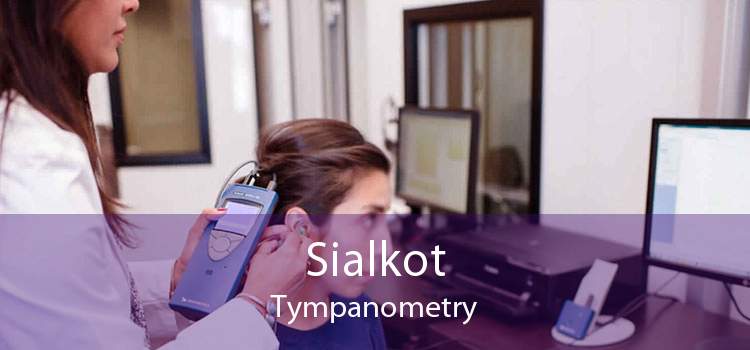Determining the type and cause of your hearing loss can be like putting together a puzzle, and the many tests that make up a thorough hearing evaluation are like pieces to that puzzle. Often used to assess the function of the middle ear, tympanometry is one test that can determine whether your hearing loss can be helped by hearing aids or whether a medical treatment is available to treat your loss instead. It's also used to detect middle ear problems, especially in children, even if they do not have hearing loss.

Important definitions to know
Tympanic membrane: The eardrum.
The middle ear: Behind the eardrum is the middle ear, which consists of the air-filled tympanic cavity, several small bones that assist in hearing, and the Eustachian tube.
Tympanometry: A test that measures the air pressure in the middle ear.
Tympanometer: The device a clinician uses to perform a tympanometry test. There are many brands and types.
Tympanogram: The test results plotted on a chart.
Tympanometry can be performed either in a hearing healthcare professional’s or a doctor’s office. First, the clinician will do a visual inspection of your ear canal and eardrum using a lighted scope (otoscope) placed in the ear. Then, a probe with a flexible rubber tip will be placed in your ear.
Why is tympanometry used?
Tympanometry is typically used to detect or rule out several things: the presence of fluid in the middle ear, a middle ear infection, a hole in the eardrum (perforation), or Eustachian tube dysfunction. This test is especially important for children who have suspected middle ear problems, but it's also sometimes given to adults as part of a routine hearing test to determine if there are any middle ear problems contributing to hearing loss.
Adults and children who are seeking medical clearance for hearing aids will usually receive a tympanometry test. Fluid behind the eardrum is the most common cause of an abnormal tympanogram because it prevents the eardrum from moving and transmitting sound properly. This condition is nearly always temporary and medically treatable. If you have fluid in your ear, you may not need hearing aids to correct your hearing loss, but you should consult with your physician and hearing health professional to determine the best course of action.


